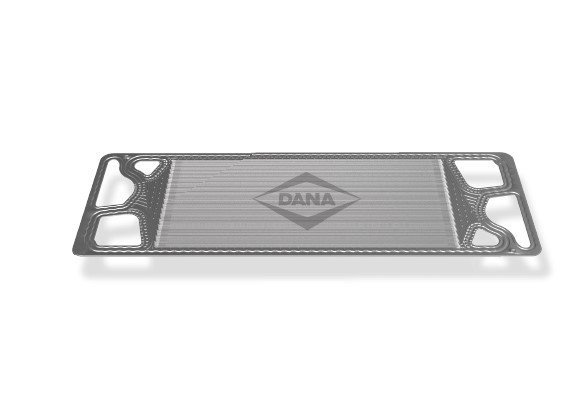American propulsions and energy-management systems developer Dana Incorporated has announced the development of metallic bipolar plates, specifically engineered to maximize the performance and accelerate the commercialization of proton exchange membrane (PEM) electrolyzers used to produce hydrogen fuel.
The latest product is debuting at Hannover Messe this week, the company has said. The bipolar plates will leverage Dana's more than two decades of design-to-manufacturing experience with similar components for fuel cell stacks used in mobile applications, it added.
Currently in prototype testing with global manufacturers of electrolyzers and electrolysis stacks, the bipolar plates will be ready for commercial production by the end of 2023.
"Dana is committed to developing innovations that are helping to propel the energy transition," said Antonio Valencia, president of Dana Power Technologies and Global Electrification. "These new bipolar plate designs for hydrogen electrolyzers demonstrate how we can readily adapt our portfolio of advanced technologies to serve new markets and applications."
Dana's integrated bipolar plates are made of steel or titanium with various coating options used as surface treatment of the active area. They also improve stack efficiency through better flow field design and reduced electrical losses, and they feature integrated molded sealing to prevent permeability at operating pressures of up to 50 bar, according to the company.
RELATED: Enapter begins production of EL 4.0 LC water-cooled AEM Electrolyzer
Dana is also showcasing its end-to-end capabilities for designing, engineering, testing and producing metallic bipolar plates and graphite fuel cell plates for mobile and stationary applications at the Hannover Messe this year.
As the only supplier offering capabilities for both metallic and composite designs, Dana is targeting a supply of nearly 2 million bipolar plates this year, with integrated seals and coatings that offer reliable, cost-effective product solutions for a wide range of advanced fuel-cell engine configurations.
The company is installing a dedicated manufacturing line for metallic bipolar plates in Europe at the company's existing facility in Neu-Ulm, Germany. Scheduled to commence high-volume production later this year, the plant will be capable of producing up to eight million metallic bipolar plates annually, according to Dana.
Additionally, Dana has a long-term cooperation agreement with Robert Bosch GmbH to mass produce metallic bipolar plates for fuel-cell stacks. The company also claims that its licensed intellectual property serves as the foundation for the cooperative development and production of next-generation metallic bipolar plates.

Honeywell introduces cost-effective Liquid Organic Hydrogen Carrier Solution
Read More

